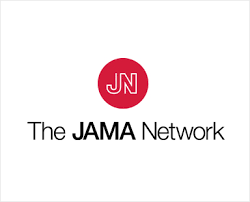January 19, 2022
Trends in ambulatory care during COVID-19
Editor's Note
This study, led by researchers at UCLA David Geffen School of Medicine, finds that the use of ambulatory care services between March 2020 and February 2021 increased after an initial decrease with the onset of COVID-19. However, the rate of increase was significantly lower for Medicaid and/or Medicare patients than for those with commercial, Medicare Advantage, or Medicare fee-for-service insurance.
In this analysis of more than 14.5 million patients:
- Use of six ambulatory services declined to 67% (from March to April 2020), but returned to 96.7% (by November/December 2020).
- Overall utilization of ambulatory services again declined during the second COVID-19 wave (January to February 2021) to 86.2%, with colonoscopy at 65% and mammography at 79.2% of expected rates.
- Throughout most of the period during which utilization returned to expected levels (May-December 2020) and the subsequent decline with the second wave (January-February 2021), the rate of recovery was significantly less for patients with Medicaid (78.4%) and Medicaid/Medicare (73.3%), compared to those with commercial (90.7%), Medicare Advantage (83.2%), and Medicare fee-for-service (82%) insurance.
These findings suggest potentially worsening access to care during the pandemic for Medicaid and Medicaid/Medicare patients, who are typically socioeconomically disadvantaged, the researchers note.
Read More >>
© Access Intelligence, LLC. All rights reserved. |
Privacy Policy |
Cookie Settings |
Diversity, Equity, Inclusion & Belonging |
Accessibility Statement


 Free Daily News
Free Daily News